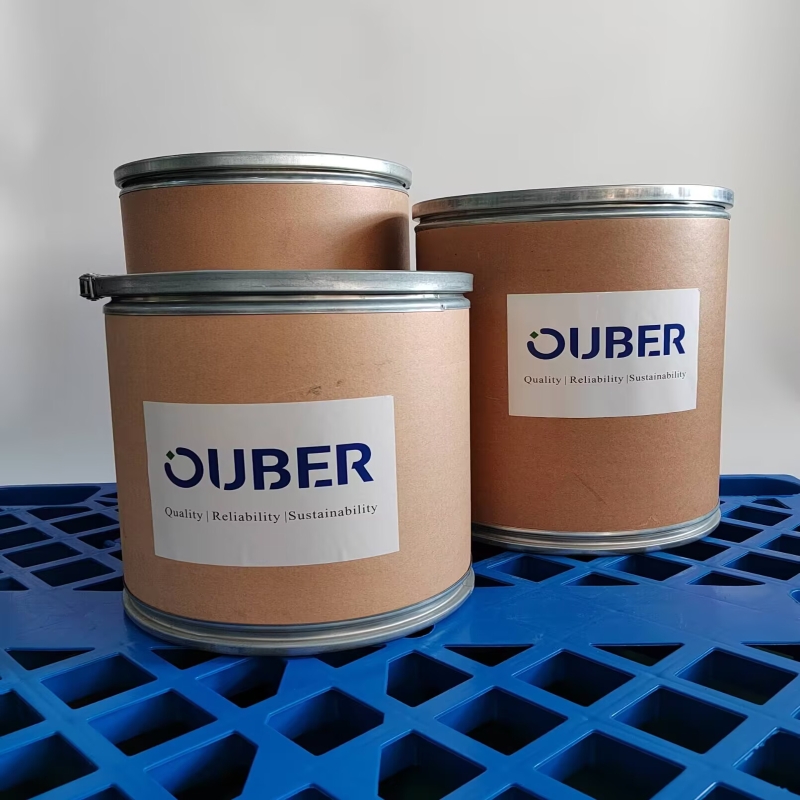Science sub-newsletter breakthrough! A two-parent peptide kills HIV-1 virus particles and infected cells!
-
Last Update: 2020-06-26
-
Source: Internet
-
Author: User
Search more information of high quality chemicals, good prices and reliable suppliers, visit
www.echemi.com
, June 16, 2020 /
PRNewswire/
--HIV-related morbidity and mortality has declined significantly as a result of combined antiretroviral therapy, but HIV is vulnerable to mutation and drug resistancethe development of antiviral drugs for previously undetermined targets is essential for the treatment of existing drug-resistant HIV strainsSome polypeptides (Env, gp120-gp41) from HIV-1 envelopegin have been shown to be effective in suppressing HIV-1 infection、、HIV,,Science Translational Medicine,"An amphipathic peptide targeting the gp41 cytoplasmic tail kills HIV-1 virions and infected cells"。Picture Source:Science Translational Medicineresearchers identified from the cytoplasm region a peptide F9170 that effectively inactivates HIV-1 virus particles, induces HIV-1 infection cells necrosis, and reactivates latent lysoping cells, which are effective against free virus particles or HIV-infected cellsfurther studiesfound that F9170 specifically targeted the conservative HIV-1 Env cytoplasm tail, effectively destroying the integrity of the virus membraneShort-term single-administered F9170 can control the viral load, making it lower than the detection limit of chronic SHIV-infected macaquesThe researchers also found that F9170 can enter the brain and lymph nodes, one of the latent areas of HIVAs a result, the researchers believe that F9170 could be a candidate for AIDS treatmentBioValleyBioon.com)References:Qian Wang et al.
An amphipathic peptide target target ing the gp41 cytoplasmic tail kills HIV-1 virions and infected cells.
Science Translational Medicine 03 Jun 2020: Vol12, Issue 546, eaaz2254 DOI: 10.1126/scitranslmed.aaz2254
This article is an English version of an article which is originally in the Chinese language on echemi.com and is provided for information purposes only.
This website makes no representation or warranty of any kind, either expressed or implied, as to the accuracy, completeness ownership or reliability of
the article or any translations thereof. If you have any concerns or complaints relating to the article, please send an email, providing a detailed
description of the concern or complaint, to
service@echemi.com. A staff member will contact you within 5 working days. Once verified, infringing content
will be removed immediately.







